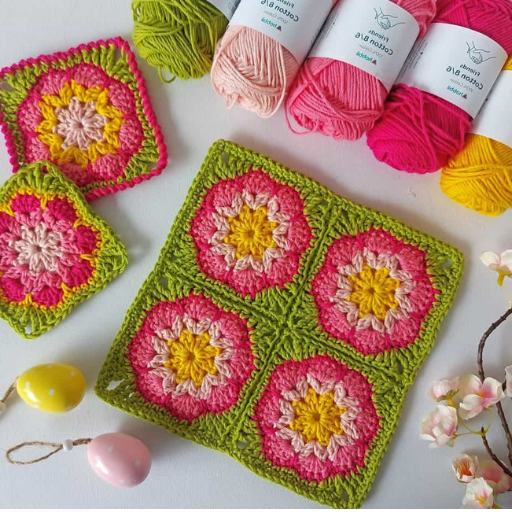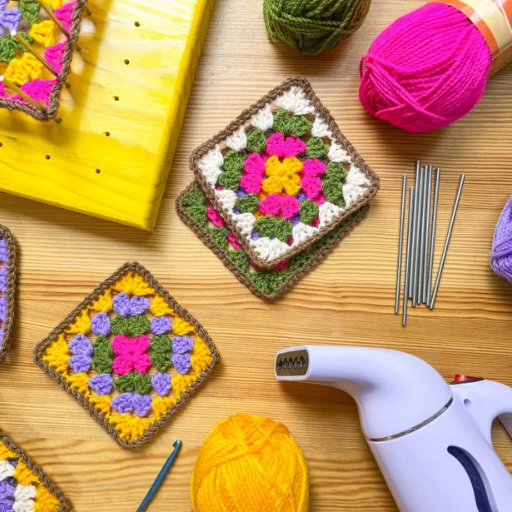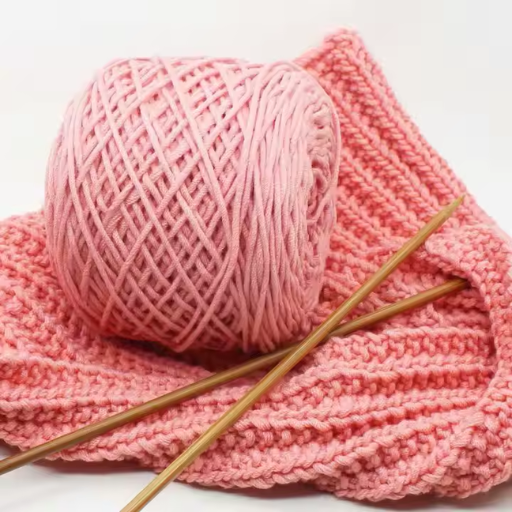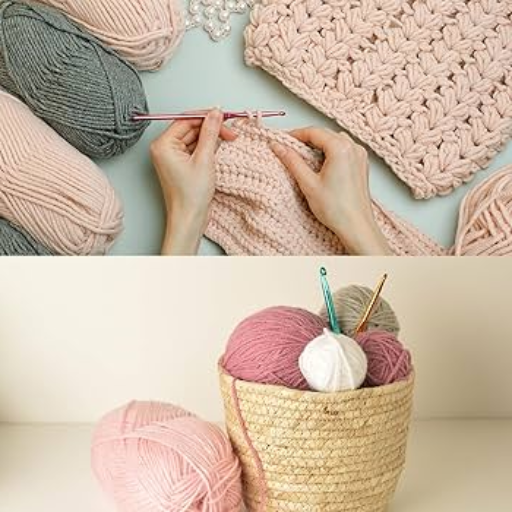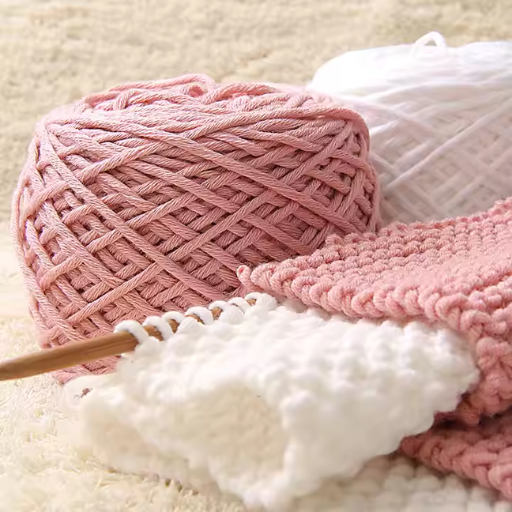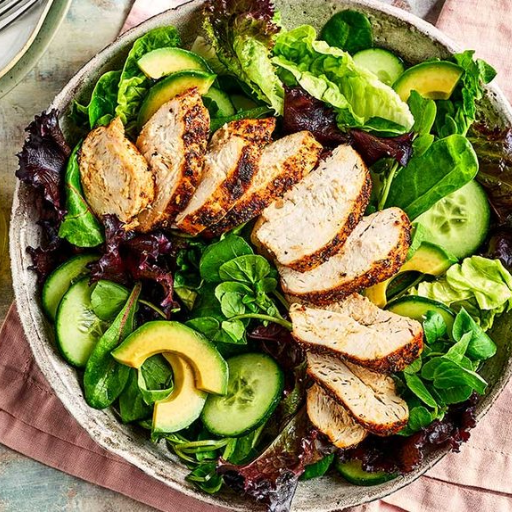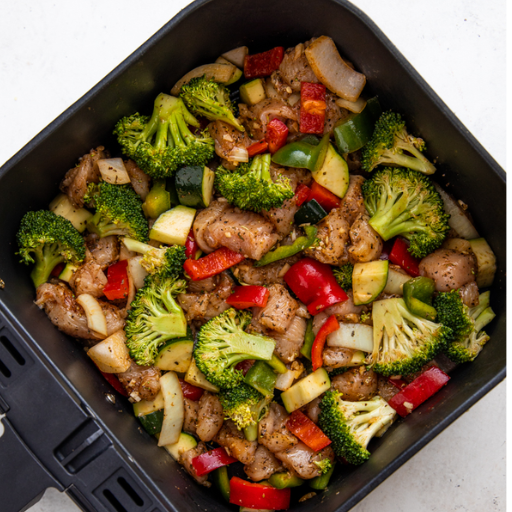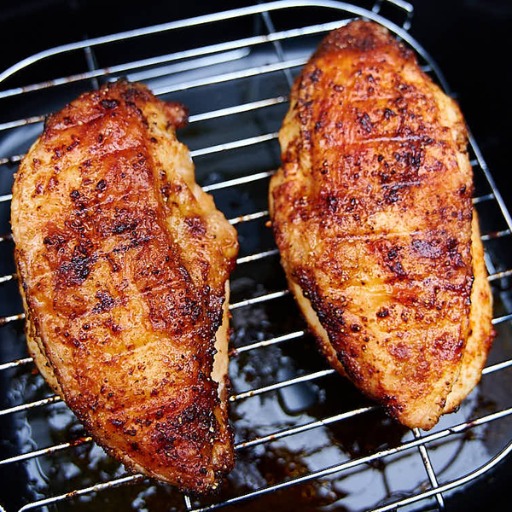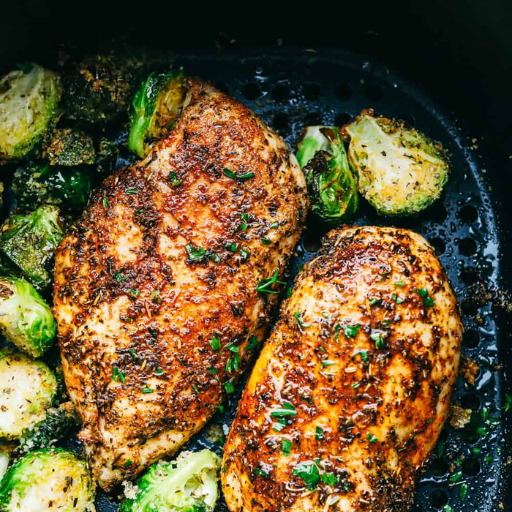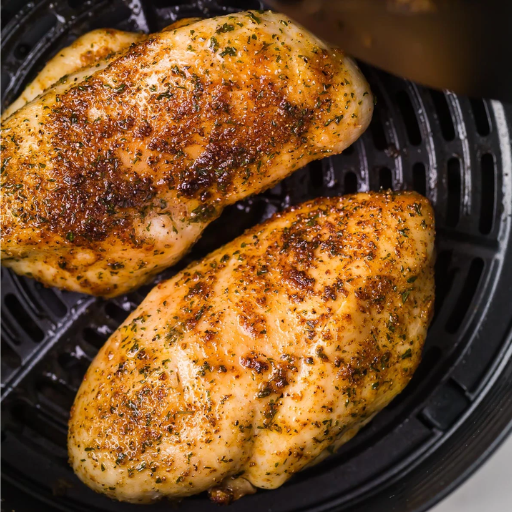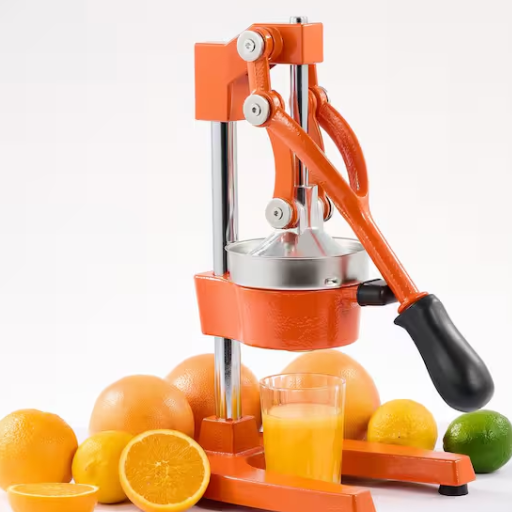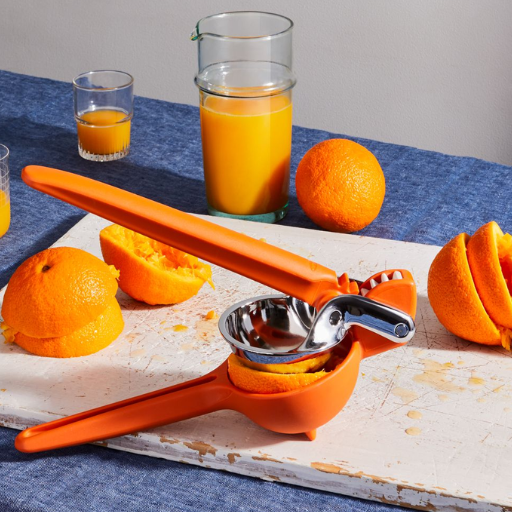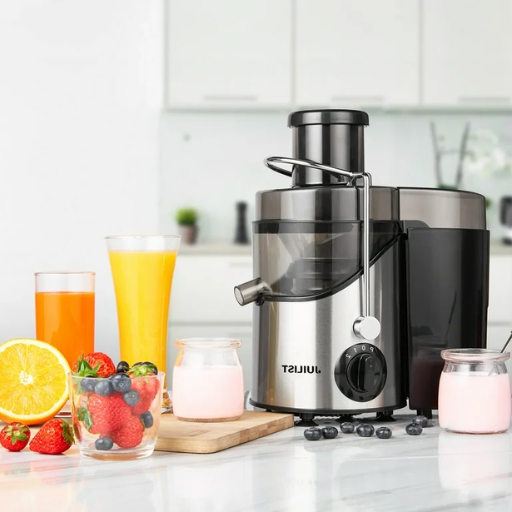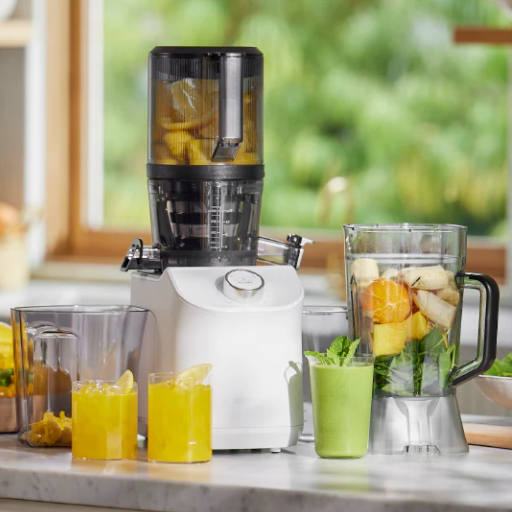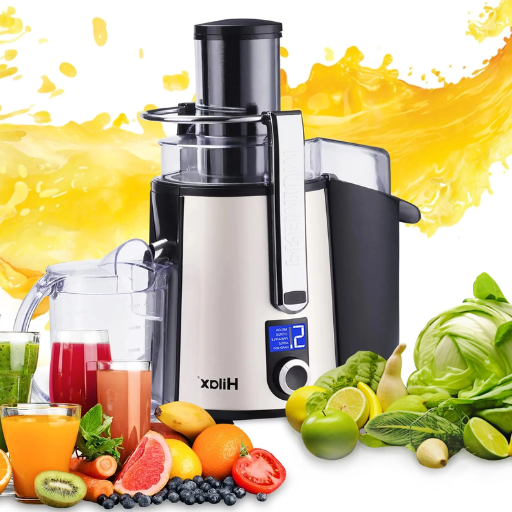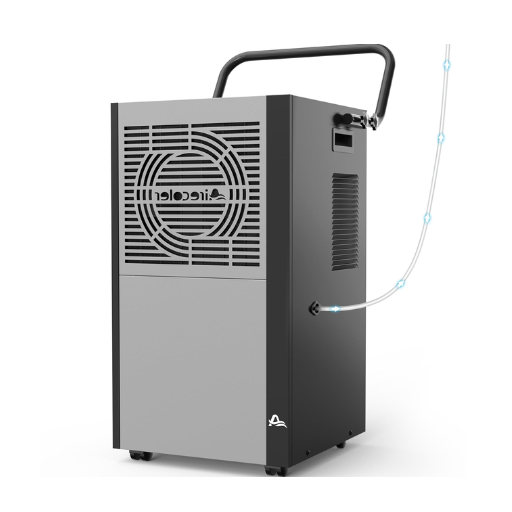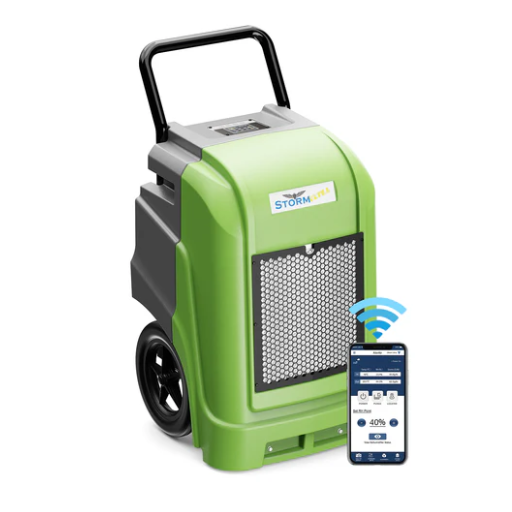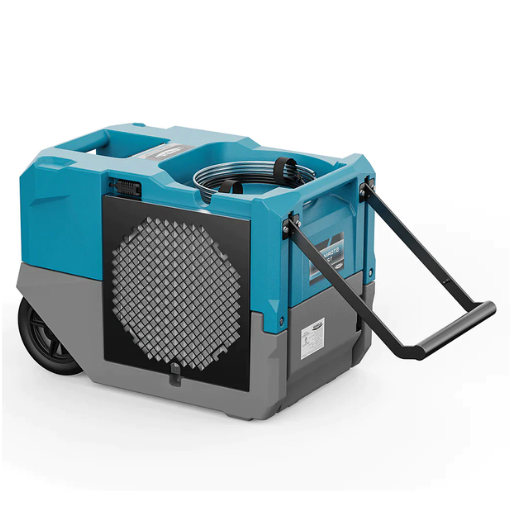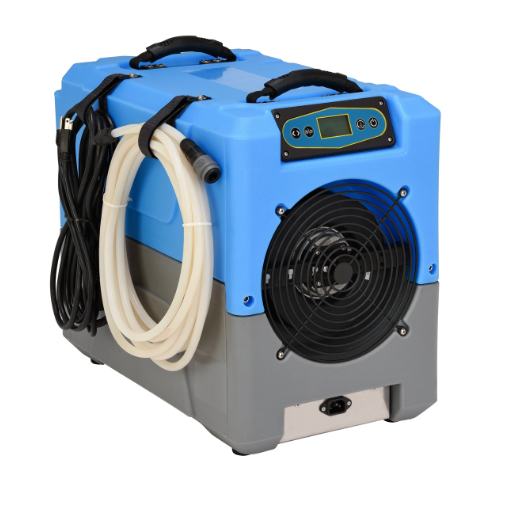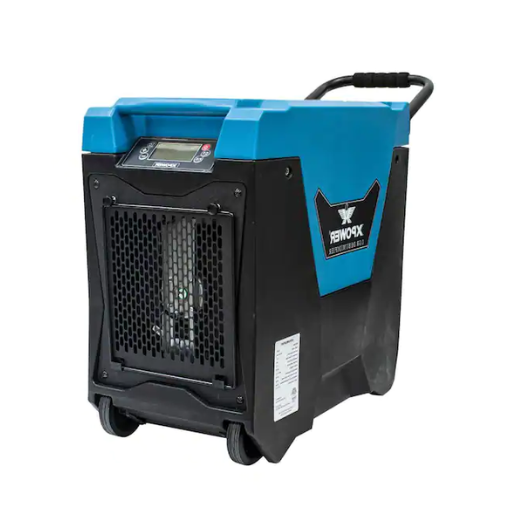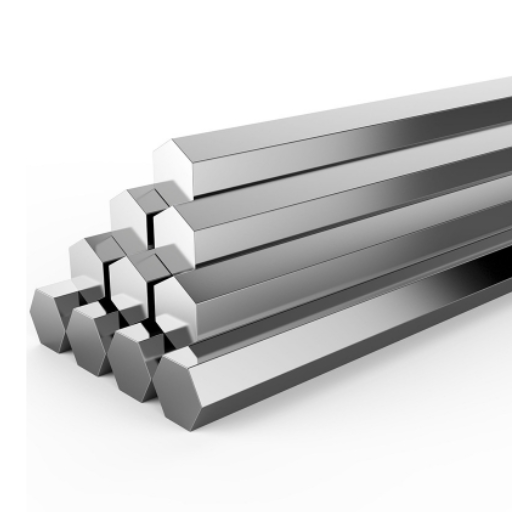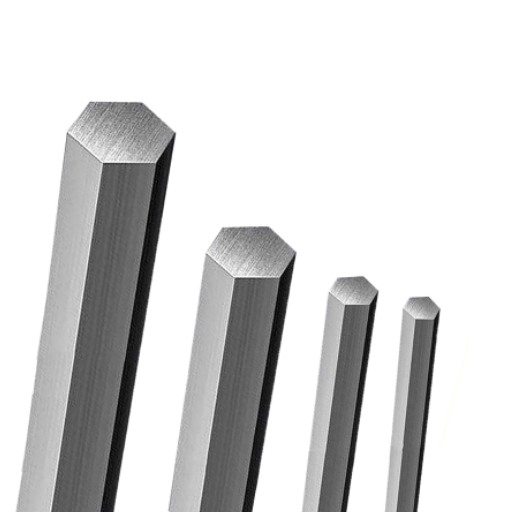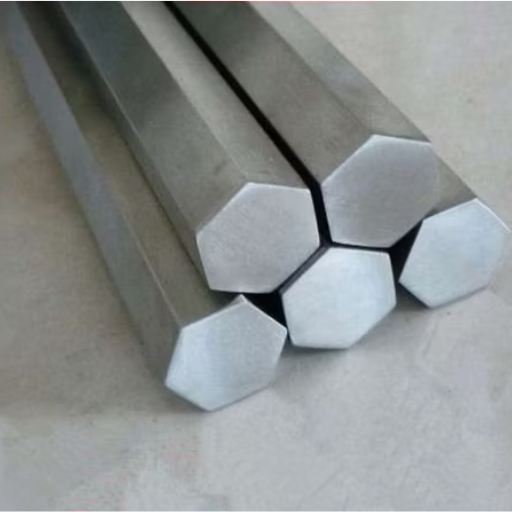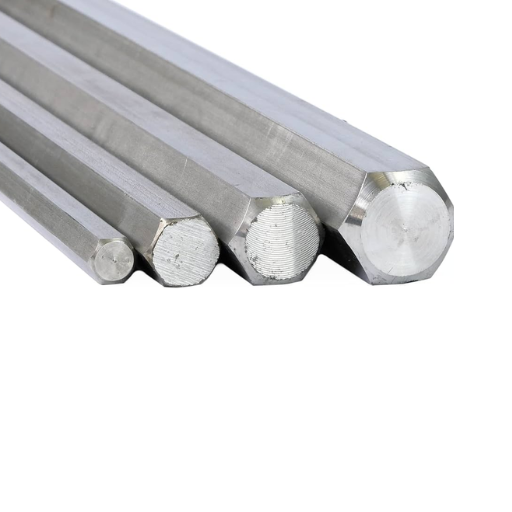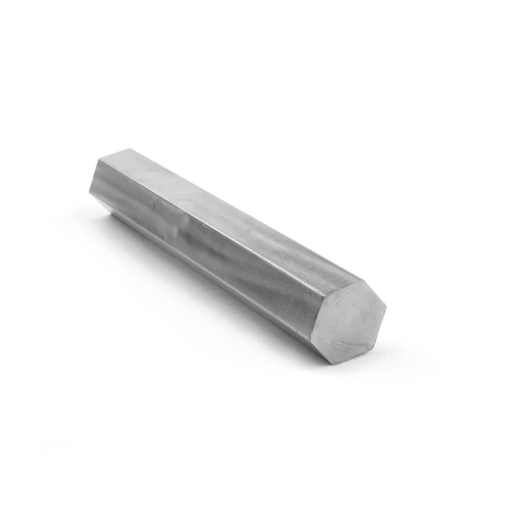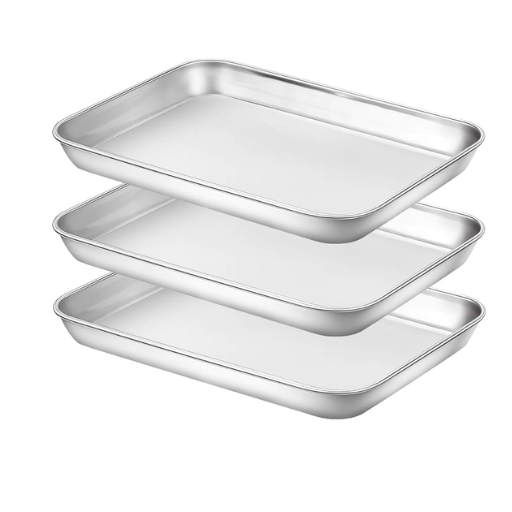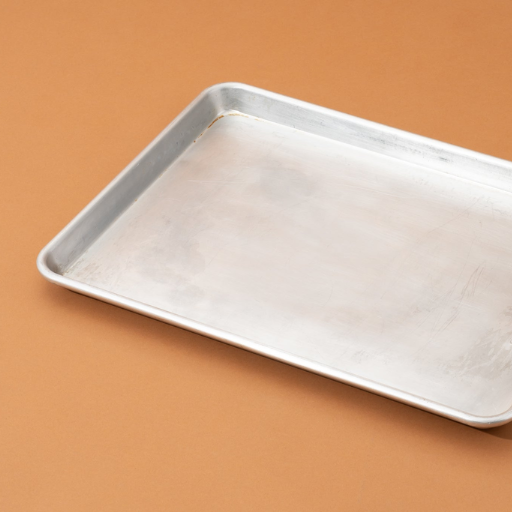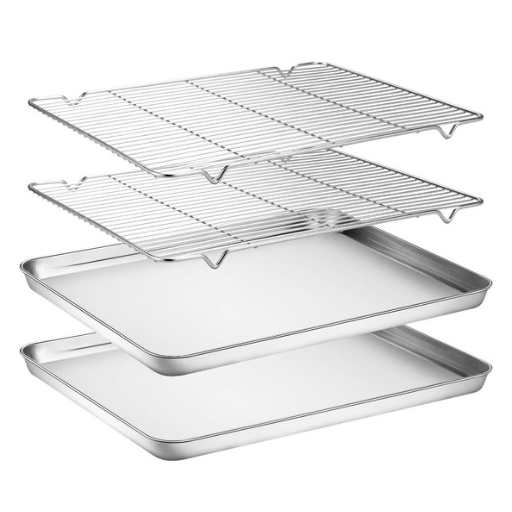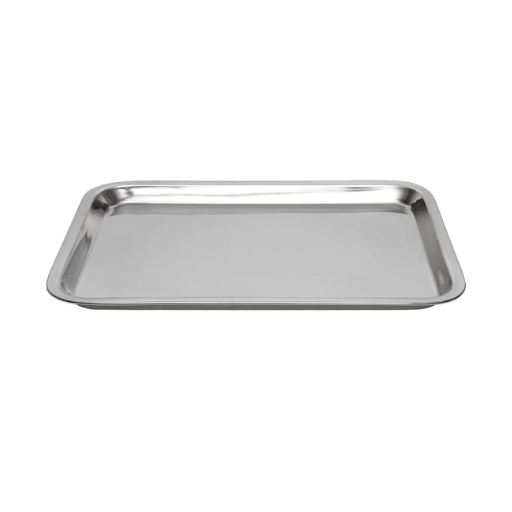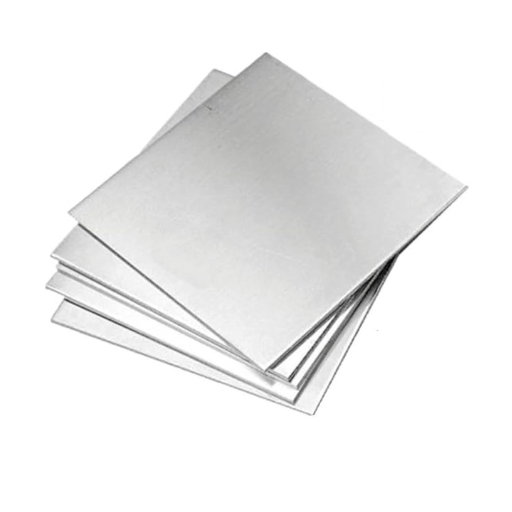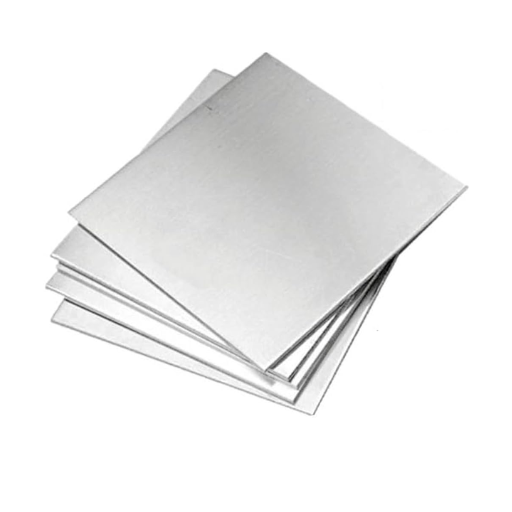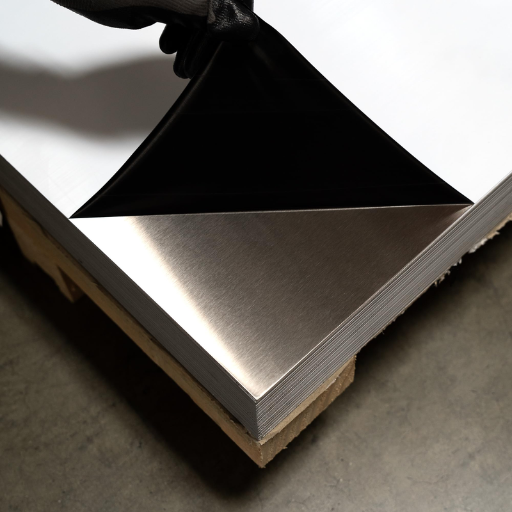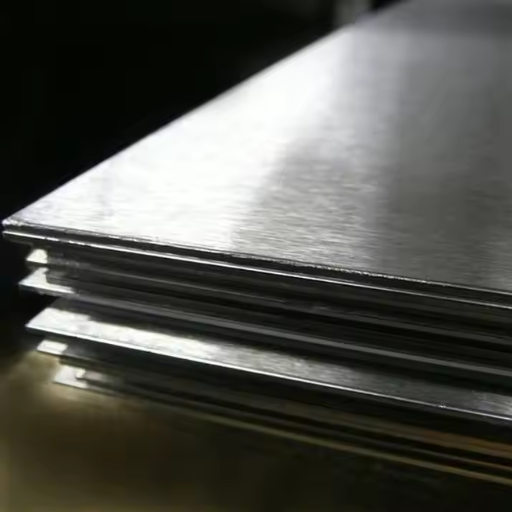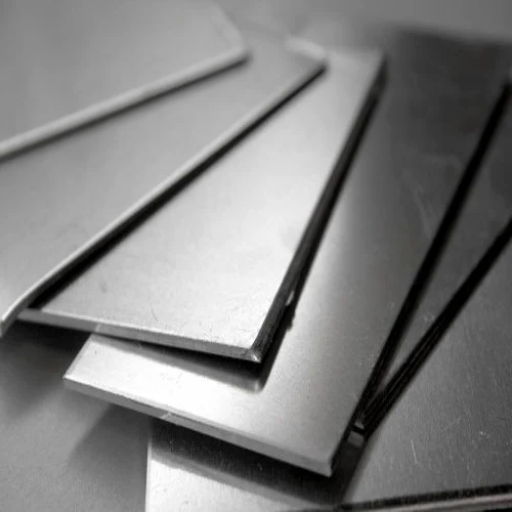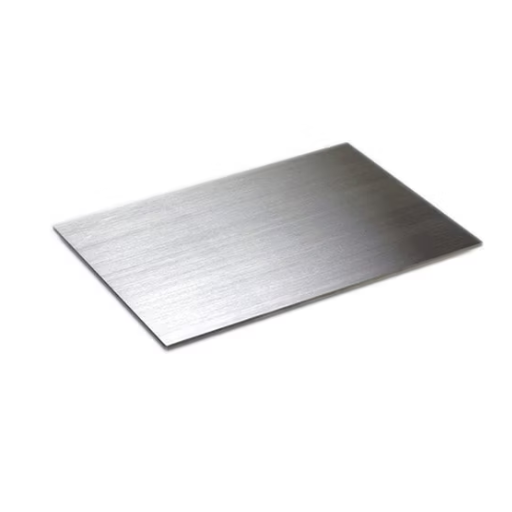Welcome to our in-depth guide on how to thread a Brother sewing machine with precision and confidence. Threading a sewing machine may seem daunting, but fear not! In this comprehensive article, we will walk you through the correct way to thread your Brother sewing machine, step by step. From raising the presser foot lever to properly threading the bobbin, we leave no stone unturned in providing you with the technical knowledge and authoritative guidance you need.
In this article, we have organized the content into several sections to ensure a thorough understanding of the process. We begin with the correct way to thread a Brother sewing machine, covering essential steps such as raising the presser foot lever and threading the machine from start to finish. Next, we delve into the proper threading technique for the bobbin, including an explanation of the spool pin and thread guide, step-by-step instructions, and common mistakes to avoid.https://textile-yarn.com/polyester-yarn/
We understand that encountering issues while threading the machine can be frustrating. That’s why we’ve included a dedicated section on troubleshooting common threading problems and tips for checking the needle bar thread guide and take-up lever.
Lastly, we address the important question of where to find the instruction manual for your Brother sewing machine. We guide you through the process of downloading the manual, ensuring that you have a comprehensive resource at your fingertips.
Whether you are a beginner or an experienced sewist looking to refine your skills, this guide is designed to empower you with the knowledge needed to master the art of threading a Brother sewing machine. So, let’s dive in and unravel the secrets to seamless threading!https://textile-yarn.com/blog/polyester-yarn-vs-acrylic-yarn/
What is the Correct Way to Thread a Brother Sewing Machine?
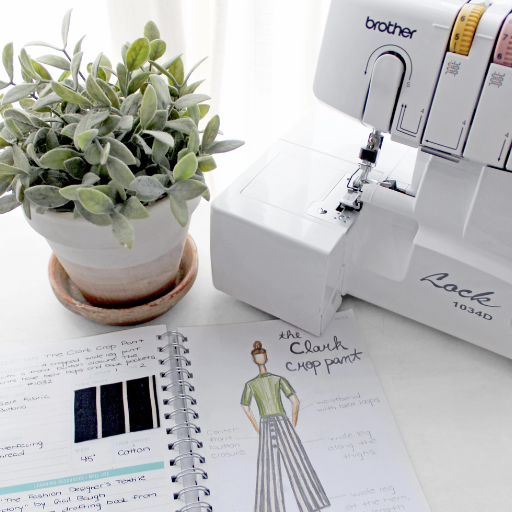
Threading a Brother sewing machine correctly is essential for achieving optimal stitching results. Here are the answers to commonly asked questions about the correct way to thread a Brother sewing machine:
Q: How do I raise the presser foot lever correctly?
- To raise the presser foot lever, locate it on the back of the machine and lift it upward. Ensure that the presser foot is entirely raised before threading the machine.
Q: What are the steps to thread the machine from start to finish?
- Place a spool of thread on the spool pin and secure it with the spool pin cap.
- Follow the thread path the thread guide indicates, leading the thread through each guide appropriately.
- Thread the thread through the tension disk by passing it between the disks.
- Guide the thread through the take-up lever, ensuring it is properly seated.
- Thread the needle from front to back, leaving a tail of thread.
Q: How do I use the needle threader on my Brother model?
- Brother sewing machines often come equipped with a needle threader. To use it, follow the manufacturer’s instructions specific to your model. Generally, you will position the thread through the threader’s guide, pass it through the needle’s eye, and then pull the threader’s mechanism to insert the thread through the eye.
These steps will ensure your Brother sewing machine is threaded correctly and ready for your stitching needs. Refer to your machine’s instruction manual or consult reliable online instructional videos and tutorials for further guidance and demonstrations.
How to Raise the Presser Foot Lever Correctly
To ensure smooth and accurate stitching on your Brother machine, raising the presser foot lever properly is essential. Here is a concise and brief process on how to do it right:
- Identify the presser foot lever on your sewing machine. It is most likely located on the needle side, towards the back.
- Hold the presser foot lever with your hand or fingertips and push it upward. You must apply force to ensure that the lever reaches its maximum height.
- When you do so, the presser foot, which is situated above the fabric and used to hold it down, will also go up.
- Now, with the presser foot lifted, you can place your fabric underneath it. From here on, you need to lower the presser foot to secure the fabric in place and allow for the stitching.
Look through your machine’s instruction manual; it will provide guidelines and illustrations on properly pulling the presser foot lever up. There are other sites where you can watch educational videos and tutorials. Now, following these steps will enable you to always start your sewing projects with the presser foot adjusted correctly, making the end product look friendly and ‘professional.’
Steps to Thread the Machine from Start to Finish
Threading your Brother sewing machine accurately is crucial for achieving professional stitching results. Follow these detailed steps to thread your machine from start to finish:
- Raise the presser foot: Before threading, raise the presser foot to release the tension discs.
- Thread the spool: Place a thread spool on the pin, ensuring it rotates freely. If needed, secure the spool with a spool cap.
- Guide the thread: Follow the machine’s threading path, typically passing the thread through various guides and tension discs. For precise thread path information based on your Brother model, refer to the machine’s instruction manual.
- Thread the needle: Once the thread is securely guided through the machine’s threading path, use the needle threader feature to facilitate threading the needle. Refer to the instruction manual for your specific Brother model to understand the correct usage of the needle threader.
- Pull the thread: Gently pull the thread through the needle, leaving a tail of at least 4-6 inches.
- Thread the bobbin: Wind the thread onto the bobbin following the machine’s instructions. Place the bobbin in the case and ensure the thread is correctly threaded through the tension spring.
- Insert the bobbin: Insert the bobbin case into the machine, ensuring it is securely in place.
- Prepare for sewing: Hold the needle thread and lightly rotate the handwheel towards you to lower the threaded needle into the bobbin area. Raise the bobbin thread by gently pulling the needle thread, and then pull both threads towards the back of the machine.
- Confirm correct threading: With the needle and bobbin thread pulled towards the back, gently hold them in your hand to ensure no slack or tangles. This will help prevent thread jams while sewing.
- Ready to sew: Your Brother sewing machine is now threaded and ready for you to start your sewing project. Ensure you have selected the appropriate stitch and adjust the tension settings if necessary.
Refer to your Brother machine’s manual for specific technical parameters and instructions tailored to your model. Following these steps diligently will ensure proper threading and contribute to achieving high-quality stitching results.
Using the Needle Threader on Your Brother Model
As someone who uses the Brother sewing techniques, I wish to pinpoint the great importance of perfecting threading the needle, as this is a vital requirement for professional stitching. Your Brother model has a needle threader which helps minimize this process’s working attempts. When using the needle threader, make sure to read the instructions from this manual to use it and follow the steps provided below correctly:
- Turning the Hand Wheel: Raise the presser foot lever to relax the thread, then locate the needle threader mechanism on your Brother sewing machine. After that, turn the hand wheel towards the thickest sewing up to 90 degrees, which should then place the needle with the hook later facing down the sewing shed.
- Securing the Thread End to the Needle Threade: Then insert the thread into the hook needle threader and ensure it can hold the thread plentifully. It is also essential to properly use the middle pointer while aiming to insert the needle on the head sewing till the needle hole of the scoop needle.
- Engaging the Lever: Now gently push or pull the lever towards the opposite direction of the thread. Make sure, as the hollow part of the needle moves, the thread alongside it shifts from one side to the other; this will allow the hook needle to begin sewing, which the thumb constrictor holds.
- Retrieve the Thread: Gradually lower the upper lever of the needle threader—this moves the thread closer to the needle’s eye. Now, grab the thread and pull it through the needle. Ensure that you leave some tailing thread of a few inches in length.
In order to successfully deploy the Brother sewing machine’s needle threader capability and thread the needle for quality stitches, first make sure to cross-reference these instructions with more accurate sources, such as the Brother sewing machine manual or instructional videos found on the web.
How Do I Properly Thread the Bobbin on a Brother Sewing Machine?
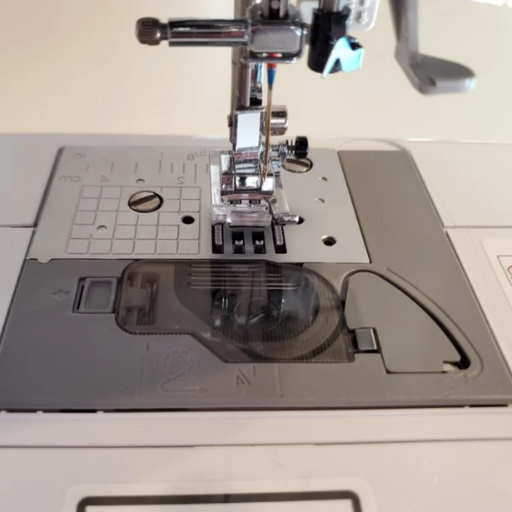
Threading the bobbin on a Brother sewing machine involves precise steps to ensure smooth operation and optimal stitch quality. Let’s dive into the key aspects to consider and provide concise answers to commonly asked questions:
Understanding the Spool Pin and Thread Guide
The spool pin and thread guide form the parts of the Brother sewing machine, which accounts for the correct thread tension and proper working of the machine. Below are brief responses to The Spool Pin: What is its function? to frequently posed queries paying regard:
- What is the purpose of the spool pin on a Brother sewing machine?
The pin is a threaded spool pin designed to enable a thread spool to attach reliably to the machine such that it does not get tangled during sewing, and the unthreading is done without hitches.
- How do I pass the thread through the thread guide(s) with a Brother sewing machine?
As a rule of thumb, one follows through concerning tension and the release of treads in the direction of sewing to follow the action and vibration of the thread in the machine’s port. Each specific Brother sewing machine may have a specific course relative to the model. For more accurately defining the steps and order of progression, it is recommended to consult the user manual of the travels and instructions of the producer.
- What effect does improper threading of the bobbin tension disc have?
To achieve the desired level of constant winding tension, it is recommended that the thread be passed through the bobbin tension disc in a particular manner. If the bobbin tension disc is threaded correctly, it will provide adequate stress on the thread by allowing the appropriate amount of the thread to be wound on the bobbin. Thus, maintaining uniform and balanced thread tension results in high-quality end stitches and helps avoid thread over-bunching or over-loose stitches.
The smooth flow of thread while using a sewing machine has to do with the spool pin and thread guide. While the best stitches are made from understanding a Brother sewing machine, in other instances, it is always best to refer to the user manual or manufacturer’s directions for your particular machine model regarding thread operation/usage.
Steps to Thread the Bobbin and Pass the Thread Through
To ensure smooth thread flow and optimal stitch quality on your Brother sewing machine, follow these steps to thread the bobbin and pass the thread through:
- Prepare the bobbin:
- Thread the upper thread:
- Pass the thread through the needle:
- Are there any helpful videos or tutorials on threading a Brother sewing machine?
- Yes, there are numerous video guides available on platforms like YouTube. These guides offer visual step-by-step instructions and demonstrations on threading various Brother sewing machine models.
- Finding the best video guides on YouTube:
- Search YouTube using relevant keywords such as “threading Brother sewing machine [insert your model number].” Sort the results by relevance and view videos with high ratings and positive reviews.
- Top Brother, sewing machine tutorials, explained:
- The top-rated tutorials on threading Brother sewing machines cover bobbin winding, upper thread threading, tension adjustment, and troubleshooting common issues. They provide detailed explanations and visual demonstrations specific to different models.
Please note that technical parameters will vary depending on your specific Brother sewing machine model. For accurate, model-specific information on threading and operation, it’s important to refer to your machine’s instruction manual.
Common Mistakes to Avoid When Threading the Bobbin
When threading the bobbin on your Brother sewing machine, it’s essential to be aware of common mistakes that can arise during the process. I found several recurring errors and issues to watch out for. Here are the most common mistakes to avoid and their corresponding technical parameters:
Improper Bobbin Placement—Ensure the bobbin is correctly placed in the bobbin case and the thread is unwinding in the correct direction.
- Tangled or Loose Bobbin Thread – Ensure the bobbin thread is evenly wound and properly threaded through the tension spring.
- Skip the Bobbin Tension Guide—Ensure the bobbin thread is correctly threaded through the tension guide on the bobbin case.
Technical Parameter: Ensure the bobbin thread passes through the tension spring and the thread is firmly in place without being overly tight or loose.
By avoiding these common mistakes and following the recommended technical parameters specific to your Brother sewing machine model, you can achieve optimal thread tension and improve the overall performance of your machine. Remember to refer to your machine’s instruction manual for accurate and model-specific information on threading and operation.
Are There Any Helpful Videos or Tutorials on Thread a Brother Sewing Machine?
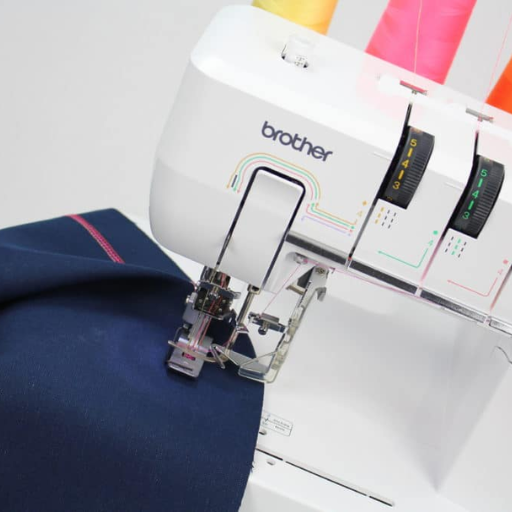
Indeed! Orchestra of other similar tutorials and videos assists the user in those processes as aggravating as threading a Brother sewing machine. Most of them are well organized and demonstrate how to do the task. A few things to note before attempting the task are:
- How to Look For Good Video Tutorials On YouTube: There are plenty of video tutorials about threading Brother sewing machines on YouTube. Use relevant keywords such as “Brother sewing machine threading tutorial” or “how to thread a Brother sewing machine video” and try to get the videos uploaded by credible sources.
- The Most Comprehensive Brother Sewing Machine Tutorials: Many great sewing machine developers and experienced sewers built dozens of tutorials for Brother sewing machines. Popular interventions are creating threads for various models that accompany brief explanations as to why a certain technique was used.
Proper troubleshooting is required if you face any challenges as you attempt to thread your machine. Ensure that the needle bar thread guide and the take-up lever are in the correct positions, and check that the thread tension is in the proper place. If need be, other troubleshooting steps can be taken by looking up your machine instruction guide. For the overall instruction guide, visit the Brother official website or contact Brother customer service for your Brother sewing machine instruction guide.
What Should I Do If I Encounter Issues While Threading the Machine?
Threading could at times, prove to be an issue for you, in which case these troubleshooting tips can help to resolve common problems you face along the way:
- Ensure that the Thread Follows the Correct Path: It is critical that the thread is fed through the thread guides, tension discs, and needle eye correctly with no twist or kink.
- Ensure that the Bobbin Has Thread: Ensure that the bobbin has been carefully placed inside the case and that the thread is wholly wrapped around the bobbin, too.
- Adjust the Sewing Machine Thread Tension: Stitches, either too loose or too tight, are a good sign that threading needs a tension adjustment; follow the instructions in your manual for the best adjustment required on your specific model.
- Perform a Thorough Cleaning of the Machine: Whether it be dust, lint, or leftover fabric, any such materials have the potential to disturb the threading process; therefore, it is recommended that you clean the interior of the machine regularly this is to be emphasizing the area around the bobbin.
If these steps do not resolve the threading issues, please read the instruction manual and call Brother customer service for further assistance.
Essential Troubleshooting Tips for Common Threading Problems
Tensioning the threads can be annoying; however, they can be resolved once the right solutions have been applied. Below are some simple suggestions for some of the more frequent threading problems:”
- Look Into The Needle Bar Thread Guide And Take-up Lever. Ensure that the take-up lever and the needle bar thread guide were properly skipped when threading. Follow the right threading course as described in the instruction manual of the model, specifically designed for you.
- Examine Bobbin and Bobbin Case: Be sure that the bobbin slide casing was properly folded into the correct position and that the feed-forward winding bobbin was well inserted. Bobbins, their casing, and the interior of the casing itself must be spotless. Dust, loose threads, and other small particles must not exist there, as anything can disrupt the threading sequence.
- Change The Thread Tension Setting: Whenever there is a case of thread pulling too tightly or unbearably loose stitches being formed all the time, the ideal solution that must be implemented is the change in the tension of the threads. An adjustment is made to some of the critical areas associated with the thread strain. Pay attention to the suggested tension and make small changes if necessary.
- Wipe out the Machine: Your sewing machine should be routinely cared for and kept clean, with a special focus on the bobbin case. Fragments of dust, lint, or other materials may form and could lead to threading complications. Use a soft cloth or a lint-free cloth to clean the blockage.
If threading problems persist even after implementing these troubleshooting techniques, consult your instruction booklet for more information or call Brother customer service for help explicitly designed for your model.
When to Check the Needle Bar Thread Guide and Take-up Lever
The needle bar thread guide and take-up lever are critical for proper thread tension and effective stitching. If you experience thread breakage, uneven stitches, or looping on the underside of the fabric, it is recommended that you check them to ensure correct threading.
Where Can I Find the Instruction Manual for My Brother’s Sewing Machine?
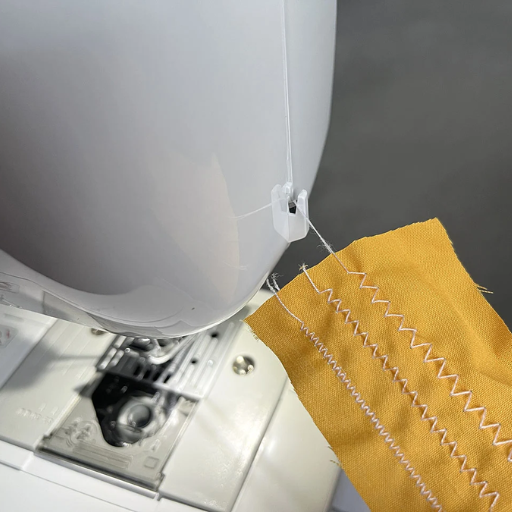
To locate the instruction manual for your Brother sewing machine, you have a few options:
1. Physical Manual:
- Check the original packaging of your sewing machine. The instruction manual is usually included.
- If you can’t find the manual, look for a storage compartment or pocket on your sewing machine where it might be stored.
2. Online Resources:
- Visit the official Brother website (https://support.brother.com/) and navigate to the “Support” or “Downloads” section.
- Enter your sewing machine model number or select your model from the list provided to access the available resources, including the instruction manual.
- Download the manual in PDF format and save it for future reference.
Understanding Content Feedback and Related FAQs
We appreciate your feedback and strive to improve our content to meet your needs continuously. If you have any specific questions or suggestions related to the troubleshooting tips provided or any other aspect of your Brother sewing machine, please feel free to contact us. Below are some commonly asked questions and answers that may address your concerns:
- Q: How often should I clean my sewing machine?
- A: You should clean your sewing machine after every project or at least once every few weeks, depending on usage. Regular cleaning helps maintain optimal performance and prevents threading issues.
- Q: What are the recommended thread tension settings for different fabric types?
- A: Thread tension settings can vary depending on the fabric type, thread thickness, and specific sewing machine model. Consult your instruction manual for recommended tension settings, and perform test stitches on scrap fabric to ensure proper tension before starting your project.
- Q: How can I troubleshoot other common sewing machine problems?
- A: In addition to threading issues, sewing machines may encounter other common problems, such as needle breakage, skipped stitches, or erratic thread tension. Our customer support team can provide specific troubleshooting guidance for various issues. Please get in touch with us with detailed information about the problem you are experiencing, including the model of your sewing machine.
When to Check the Needle Bar Thread Guide and Take-up Lever
The needle bar thread guide and take-up lever are essential parts of a sewing machine as they help ensure the sewing process is smooth. Below are some of the instances whereby you may need to consider checking these parts and adjusting them:
- Plateau in Stitch Formation: If there is a thread breakage or even a feeling on the thread alone, it is recommended to see the needle bar thread guide or the take-up lever. It is important to be aware of entangled threads or threads that are tangled around some parts of the machine. Shifting the perpendicular position of a needle bar thread may solve the problems. Also, adjusting the position by adequately placing the take-up lever and removing or rolling forward should be done.
- Fraying or Quilt Deterioration: In cases of fraying or indiscriminate sewing, irregular patterns have been stitched because of a misaligned or improperly threaded needle bar thread guide. Make sure that the thread is positioned correctly. Ensure that there is no excess thread left and that it is thoroughly threaded through the needle. Again, remember that the take-up lever should be at maximum height before beginning the new stitch.
To check the needle bar thread guide and the take-up lever, locate the recommendation pertaining to your particular sewing machine model in the instruction manual. This manual will then give details on how to reach and modify them. It is also recommended to make several test stitches on a piece of scrap fabric to check whether everything is working properly before a sewing project commences.
For evidence relating to further mechanical problems and their resolution, such as broken needles, skipping stitches, or thread tension not being consistently attained, you may reach out to our customer support team. In order to receive particular solutions related to the problem you are facing, provide them with details of the issue, such as the sewing machine model you own.
(Note: The technical parameters and adjustment aspects of the sewing machine may differ depending on its model. Make sure to follow the manual appropriate for your model regarding tension, threading, or even troubleshooting.)
Where Can I Find the Instruction Manual for My Brother’s Sewing Machine?
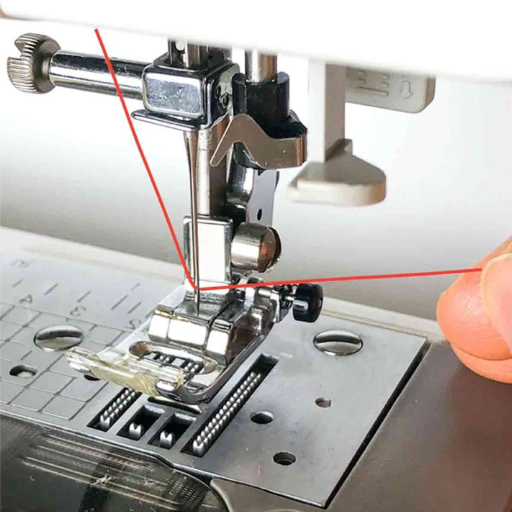
Finding the instruction manual for a particular Brother sewing machine model can be achieved by following these steps:
- Select the ‘Support’ option from the menu.
- Either type your sewing machine model into the provided search bar or select the category to which it belongs.
- Then, locate and click the relevant product model for which you require the product page.
- A ‘Support’ or ‘Downloads’ option will be present in the product page.
- Search for the instruction manual or user guide from the list of available releases.
- Click the instruction manual to commence downloading. Save it somewhere you can reach it in the near future.
- If you can’t find the manual for your particular model on the Brother website, I suggest contacting Brother customer support.
Be informed, though, that the instruction manual for Brother sewing machines is not necessarily available for all models or in all regions. If you need any more help or guidance regarding any specific Brother sewing machine model, please feel free to contact our customer support team, who will be happy to provide you with detailed information.
How to Download the Manual for Your Specific Model
I realize how important it is to acquire information such as a user guide or instructions on how to use a specific model of a Brother sewing machine, as such manuals require locating and downloading them. Let me guide you through the whole thing step by step, bearing in mind the knowledge from the first three sources Google displays;
- Head over to brother.com, which is the official page of Brother Company.
- Use the search tool available or select the correct model from the product range.
- If you have located the model you are looking for, hit it, and it will redirect you to that specific product.
- Now, check the product page for any “Support” or “Downloads” tab
- A section should offer a download of the manual and other related instructional materials.
- Now click on the manual to download it, and make sure that the folder you are saving it in is easy to access in the future.
Note that instruction manuals are not always available in every region and model. If you need further help or have questions, please contact the customer care center for your particular Brother sewing machine model, and they will be more than happy to assist you.
Frequently Asked Questions (FAQ)
Q: What is the first step in threading a Brother sewing machine?
A: The first step in threading a Brother sewing machine is to place the spool of thread on the spool pin. Ensure the spool is positioned so that the thread unwinds from the front. This is crucial to avoid any tangling as you start sewing.
Q: How do I guide the upper thread properly through the machine?
A: To guide the upper thread properly, follow the machine’s numbered threading path. This usually involves guiding the thread around the thread take-up lever and through the upper tension discs. Proper threading ensures smooth operation and prevents the thread from becoming tangled.
Q: What should I do if the thread becomes tangled?
A: If the thread becomes tangled, check the threading path to ensure the thread is correctly positioned through the guides and levers. Then, re-thread the machine, ensuring the spool of thread is correctly placed, and the thread is securely through the tension discs.
Q: How do I thread the needle on a Brother sewing machine?
A: To thread the needle, lower the presser foot and turn the handwheel towards you to raise it to its highest position. Then, thread the end of the thread through the eye of the needle from front to back. Using a needle threader can simplify this process.
Q: What should I do if I need further assistance threading my sewing machine?
A: If you need further assistance, check the manual specific to your Brother model, which will have a detailed description of the threading process. You can also find helpful video tutorials by searching on YouTube, which may provide key moments and visual guidance.
Q: Can I use the automatic needle threader on my Brother sewing machine?
A: Many Brother sewing machines have an automatic needle threader. To use it, lower the threader lever and guide the thread through the needle, following your machine’s manual instructions. This feature assists in pulling the thread through the eye of the needle quickly.
Q: How do I ensure the lower bobbin thread is correctly positioned?
A: To ensure the lower bobbin thread is correctly positioned, insert the bobbin into the bobbin case with the thread winding counter-clockwise. Pull the thread through the slot and under the tension spring of the bobbin case. This helps maintain the right tension while sewing.
Q: What is the significance of the thread take-up lever in threading?
A: The thread take-up lever is crucial in maintaining the thread’s correct tension and smooth flow during sewing. Ensure the thread is looped correctly around the take-up lever to prevent skipped stitches and ensure consistent stitching.
Q: What should I do if I have checked other FAQs and still have questions?
A: If you have checked other FAQs and still have questions, consider contacting Brother’s customer service for personalized assistance. Additionally, forums and community groups online can be a valuable resource for troubleshooting specific issues related to your model.
